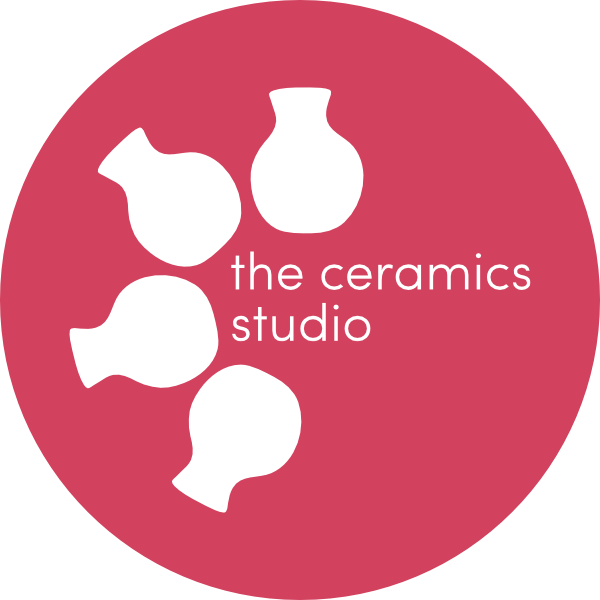Description of Pottery Techniques
Throwing
Using the electric potter's wheel to 'throw' or form pots, typically aimed at producing functional ware and often round in shape. ; ) More difficult than it looks, it does take hours to perfect but we are experts in providing a positive first experience and getting even the most nervous student up and running. Everyone achieves a pot or two during their first session. You will have the opportunity to decorate your objects with decorating slips and we will fire and glaze up to three pots for each person from a class.
Turning
Returning a thrown pot to the potter's wheel to perfect its bottom; a lot like wood-turning. This is a skill we deliver in our intermediate sessions.
Intermediate Throwing sessions
Aimed at people who have done one or preferably two beginners throwing sessions with us or elsewhere or had previous experience. Students should have a good understanding of the coning and centering process.
Centering Process
Making clay round on the potters wheel in preparation for throwing pots.
Handbuilding
Pinching
The earliest method of shaping clay into pottery. Often underestimated because of its simplicity, but is a very beautiful, delicate and sensual technique when focused in on.
Press Moulding
Using pre-made plaster of paris moulds to shape bowls and plates. A nice gentle introduction into pottery and a really good starting place for the apprehensive. We typically decorate these with decorating slips using painting and stencilling.
Slab Building
Rolling sheets of clay and using them to construct vessels and sculptures. We usually combine this workshop with exploring texture in clay and applying a coloured glaze over the piece.
Coiling
Rolling coils (worms) with clay and building up in thick layers to be scraped back when the clay is leather hard. A longer hand building process with potential to make extra large objects. We have made huge pots that fill the kiln with this technique, including plant pots and rhubarb forcers.
Raku
An ancient Japanese firing method. For Raku we use gas to heat the pots to a thousand degrees before moving them to a dustbin of saw dust to smoke and bring out magical colours.
Decorating Slips
Clay based paints that can be added to leather hard clay. They are a blend of liquid clay and pigment. Typically covered in a clear glaze to make them shiny and dazzling.
Project Workshops
Workshops focused on a specific process and a complete outcome.
Skills Sessions
Classes involving an in depth demonstration and a practical exploration, focused on increasing understanding.
